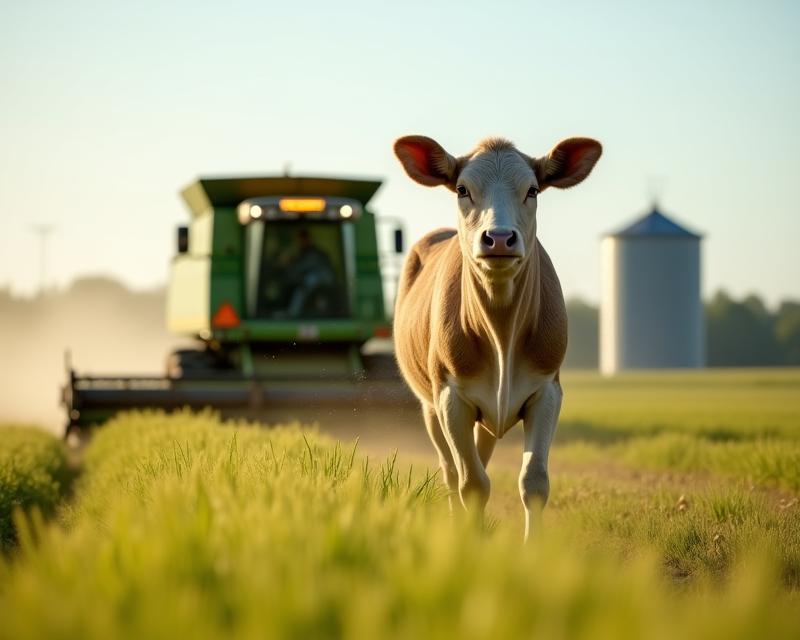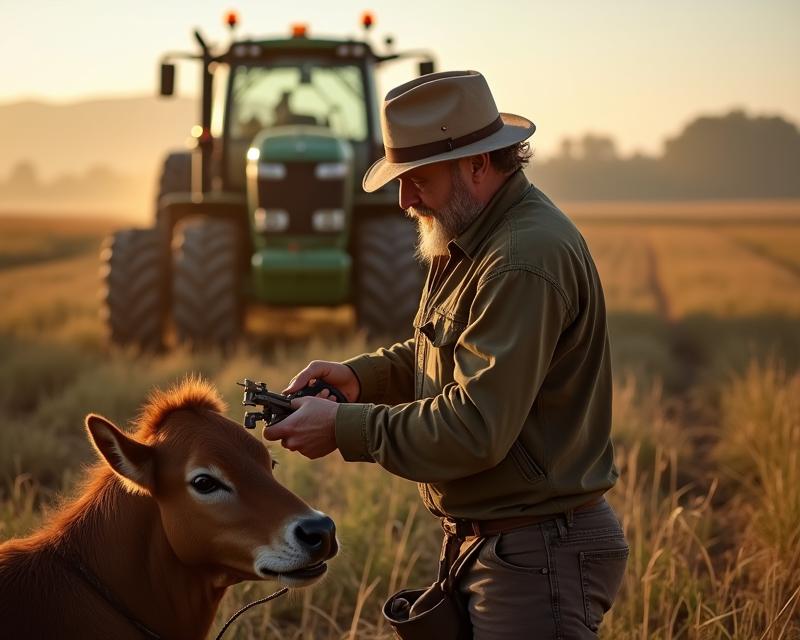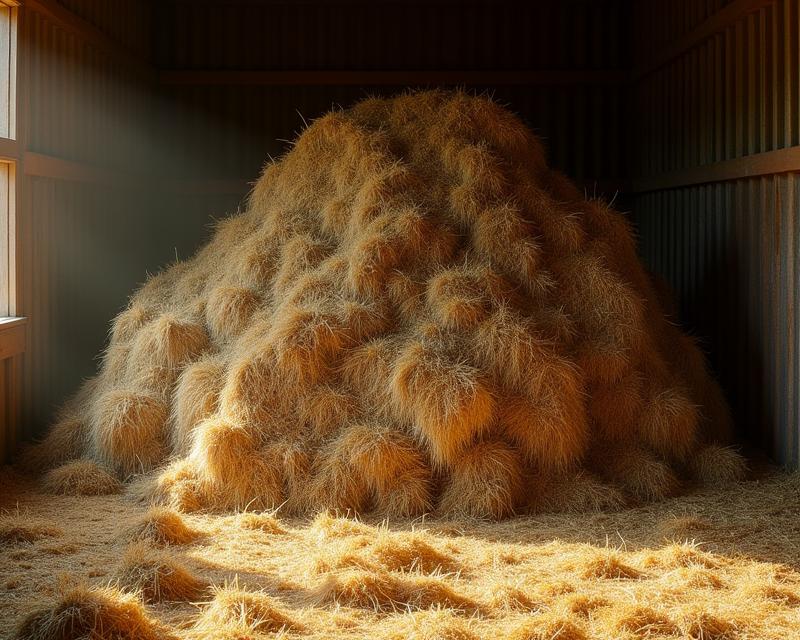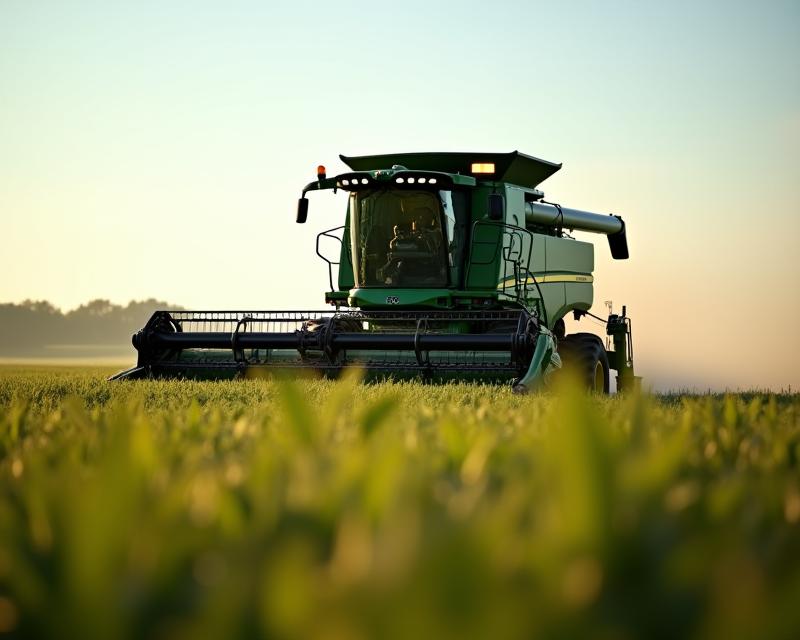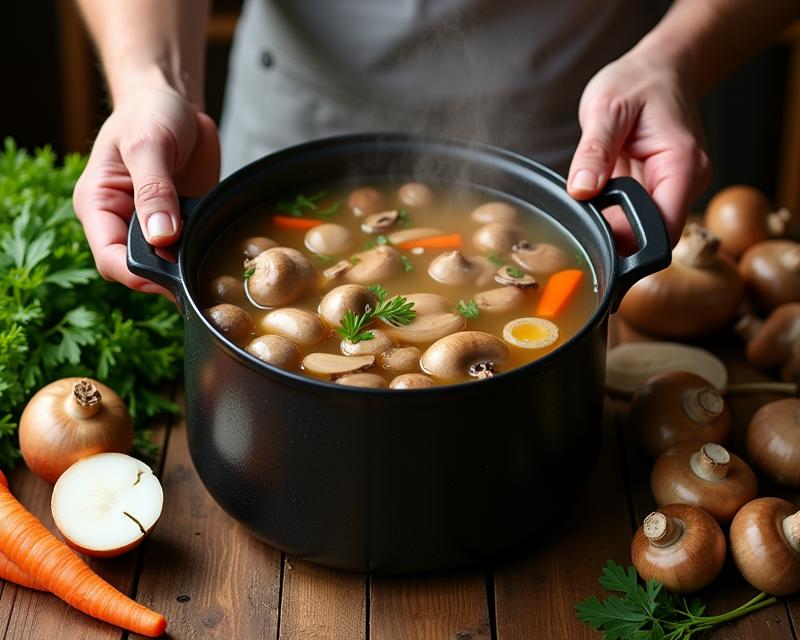Protecting Your Harvest: Rodent Control in Grain Storage
Publish in Farm el 22/07/2025 16:26
Protecting Your Harvest: Rodent Control in Grain Storage
As farmers and gardeners, we pour our hearts and hard work into growing crops. But all that effort can be threatened by unwanted guests: rodents! Protecting your stored grains and food supplies from mice, rats, and other pests is crucial for maintaining a healthy farm and ensuring a successful harvest. This article will explore various methods – physical, chemical, and biological – to keep these critters at bay.
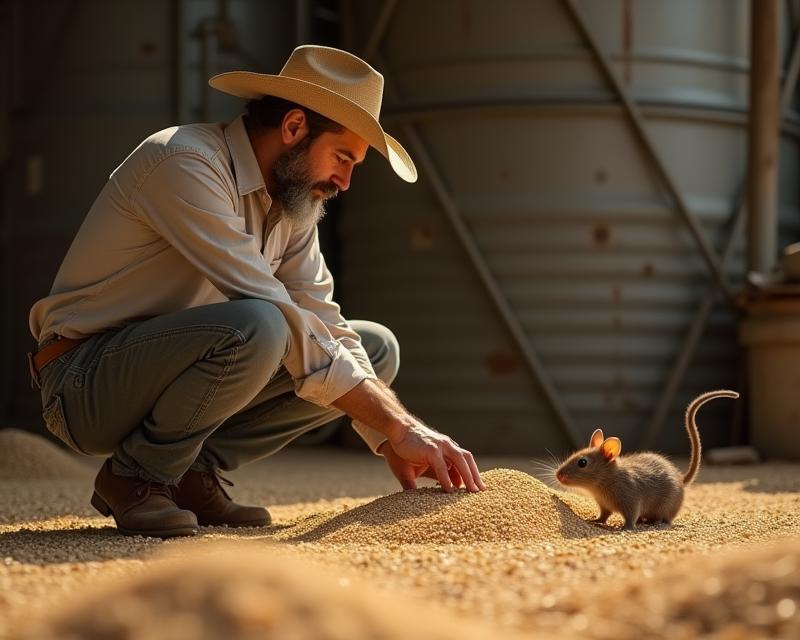
Understanding the Threat
Rodents are attracted to stored grains because they offer a readily available food source and a warm, sheltered environment. They can contaminate your crops with their droppings, urine, and nesting materials, making them unsafe for consumption. Beyond contamination, rodents can also cause significant damage to your storage facilities by gnawing through walls, insulation, and wiring. Early detection and proactive control are key to minimizing these risks.
Physical Barriers: The First Line of Defense
Often the most effective and environmentally friendly approach is to implement physical barriers. This involves ensuring your storage facilities are structurally sound and properly sealed. Here are some key strategies:
- Seal Entry Points: Inspect your buildings for cracks, holes, and gaps in walls, floors, and around pipes. Seal these with steel wool, metal flashing, or concrete.
- Elevate Storage: Store grains off the ground on pallets or raised platforms. This makes it harder for rodents to access them.
- Use Metal or Concrete Structures: Rodents can't chew through metal or concrete, so consider using these materials for your storage buildings.
- Proper Ventilation: Adequate ventilation helps to keep storage areas dry and cool, making them less attractive to rodents.
Chemical Control: Use with Caution
Chemical control should be considered a secondary option, used only when physical barriers are insufficient. If you choose to use rodenticides, it's vital to follow all label instructions carefully and prioritize safety. Consider these points:
- Choose the Right Bait: Select bait stations that are tamper-resistant and designed to prevent access by children and pets.
- Placement is Key: Place bait stations in areas where rodents are active, such as along walls, behind equipment, and in corners.
- Monitor Regularly: Check bait stations frequently and replenish bait as needed.
- Consider Professional Help: For large infestations, it's often best to consult with a professional pest control operator.
Biological Control: Natural Predators to the Rescue
Introducing natural predators can be a sustainable and effective way to manage rodent populations. This could include owls, cats, or even snakes (depending on your location and comfort level). While not always a complete solution, biological control can help keep rodent numbers in check. Also, consider using natural repellents like peppermint oil or mothballs (though the effectiveness of mothballs is debated).
Good Storage Practices: Prevention is Better Than Cure
Finally, good storage practices are essential for preventing rodent infestations. This includes:
- Cleanliness: Regularly clean your storage facilities to remove spilled grain and other food debris.
- Proper Grain Handling: Avoid leaving grain in open containers for extended periods.
- Regular Inspections: Conduct regular inspections of your storage facilities to identify and address potential problems early on.
